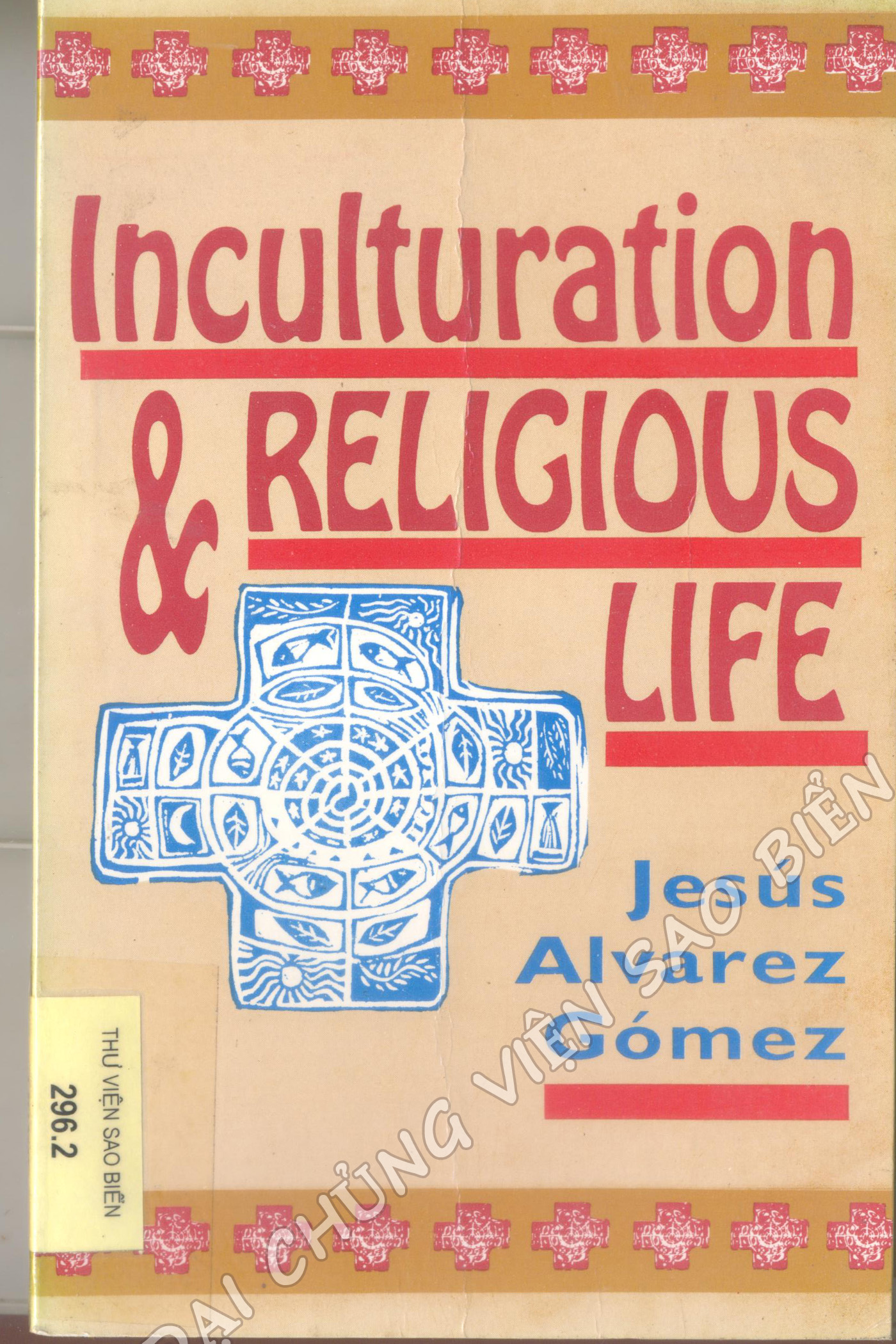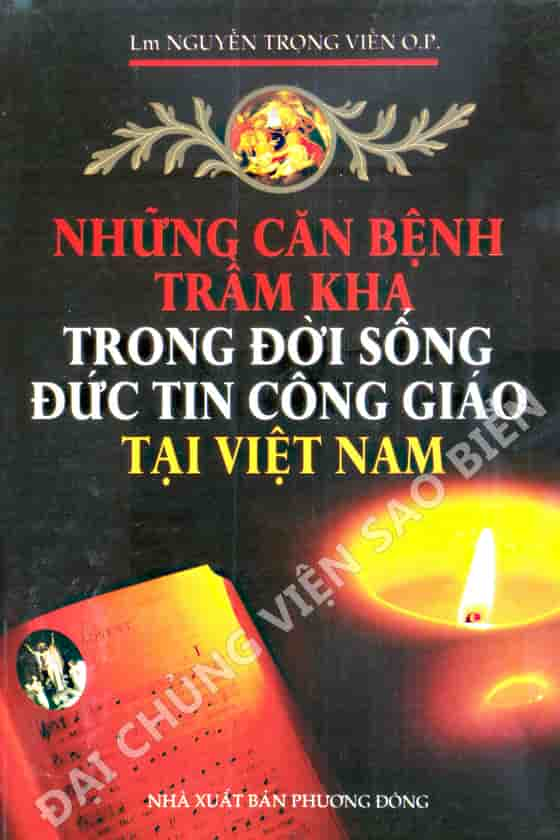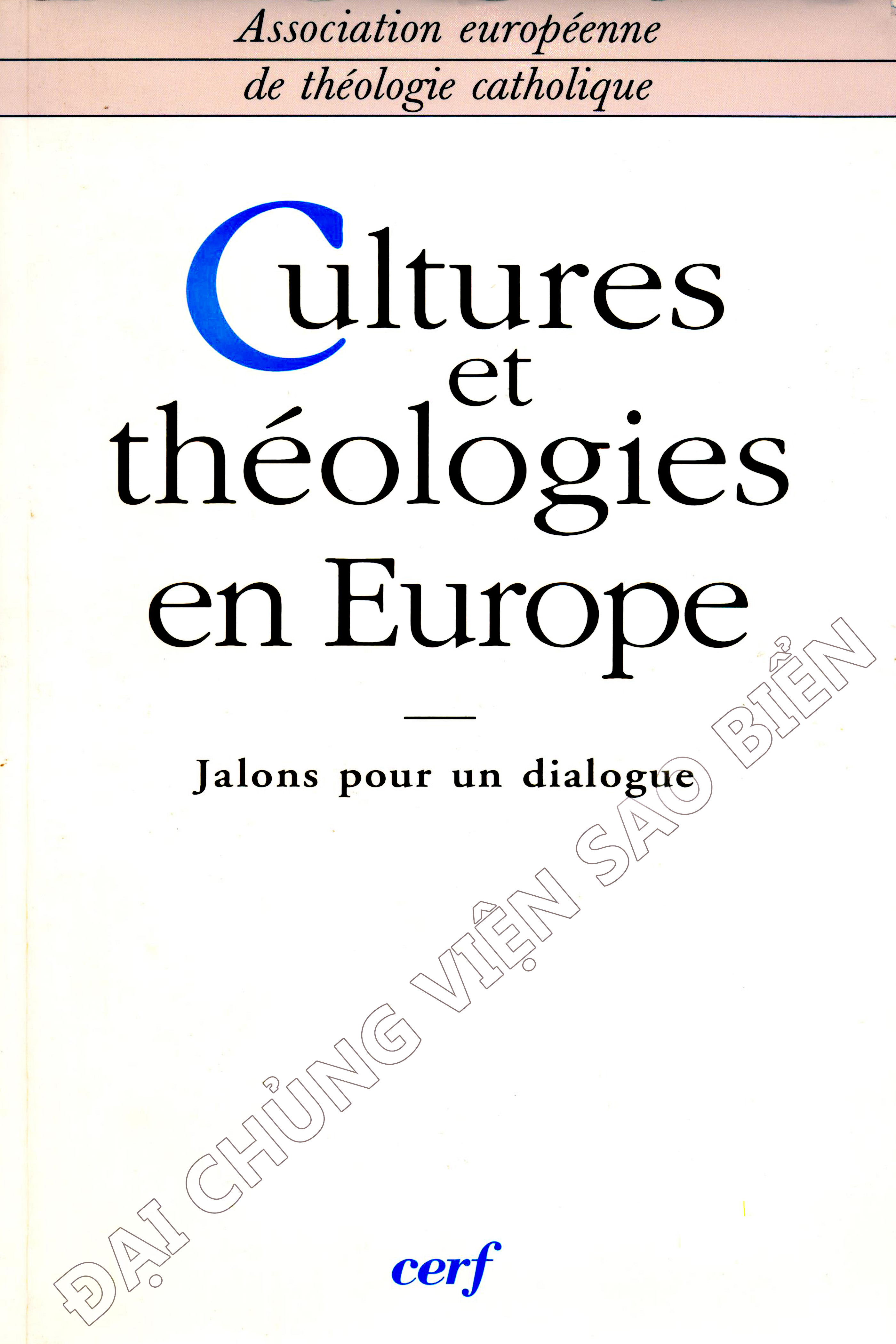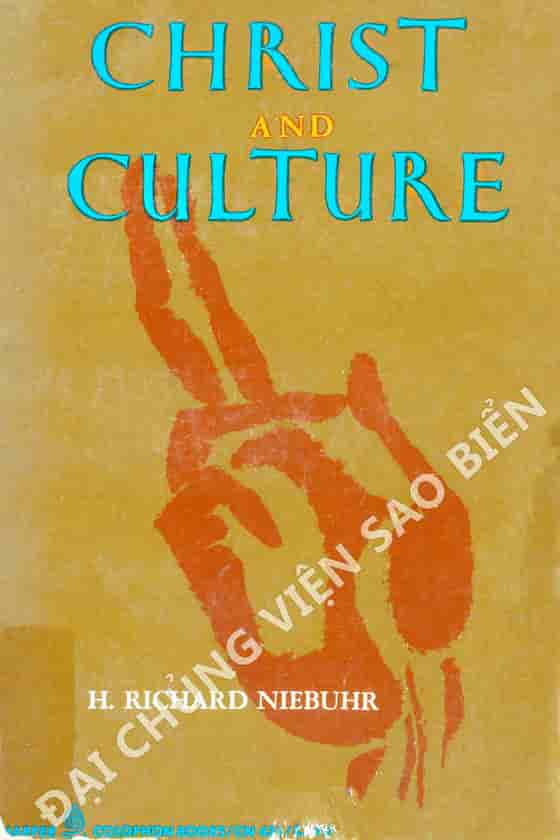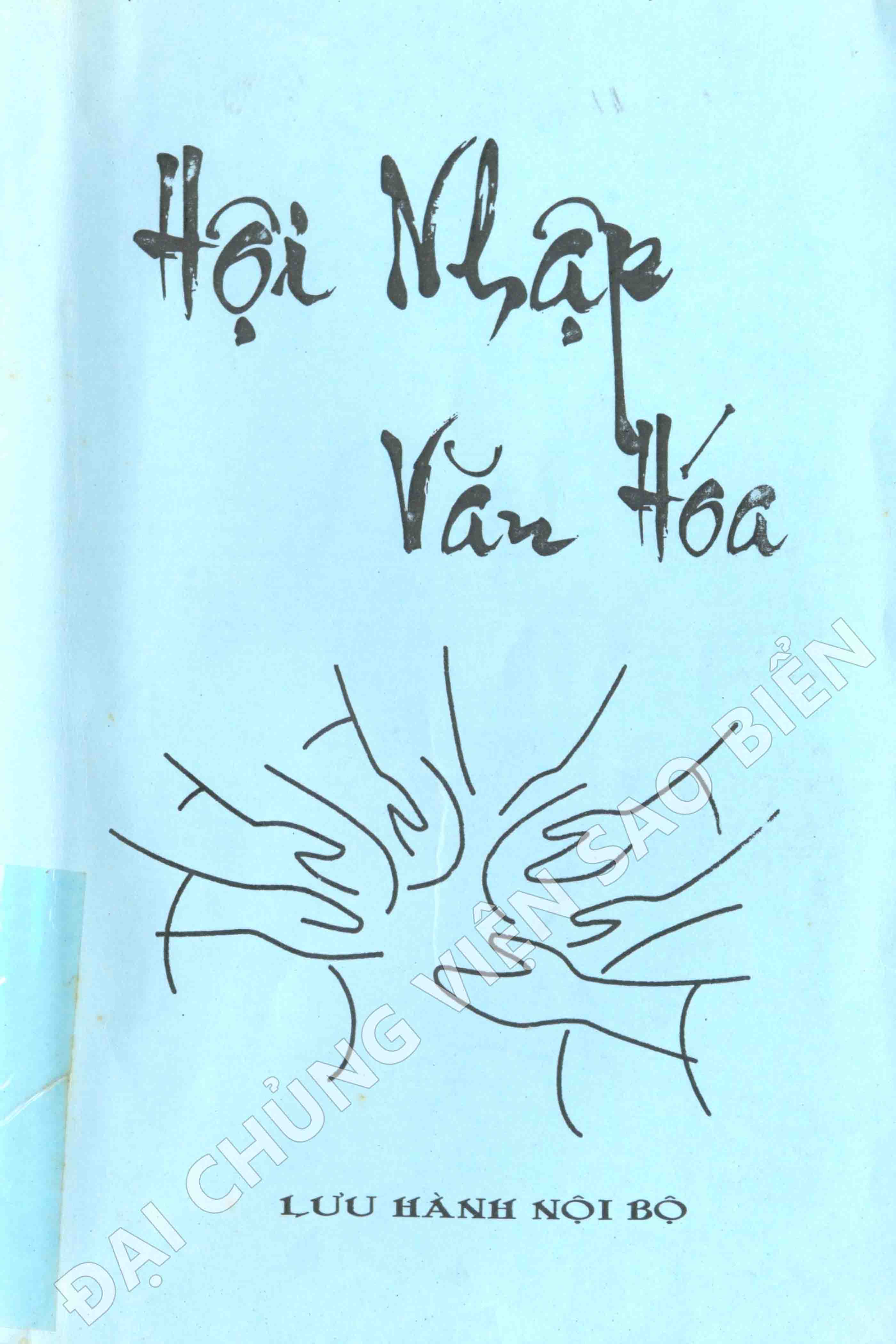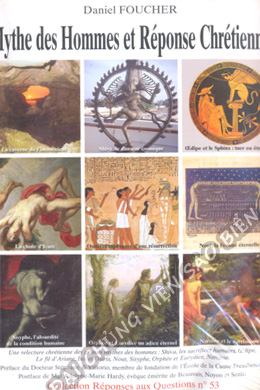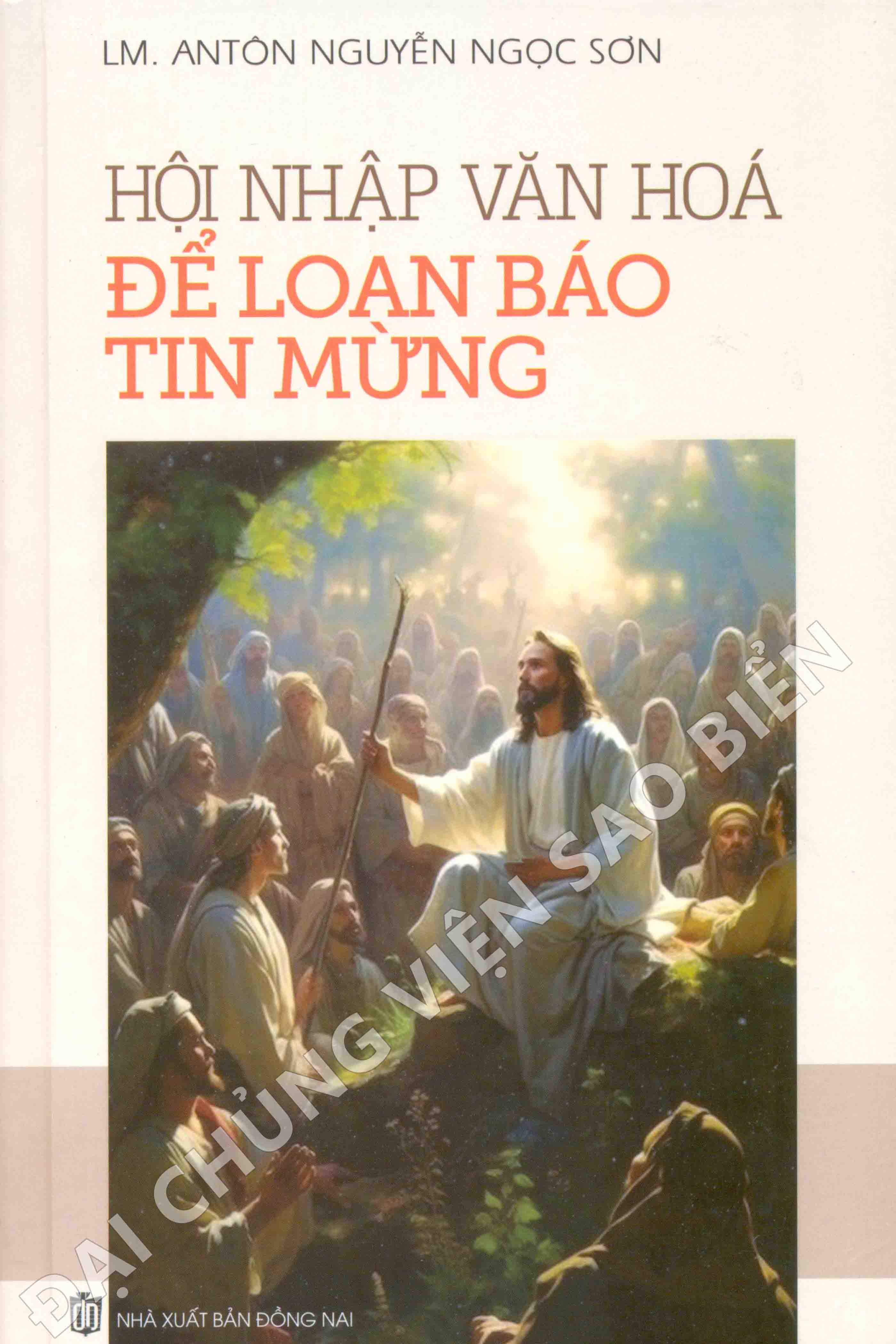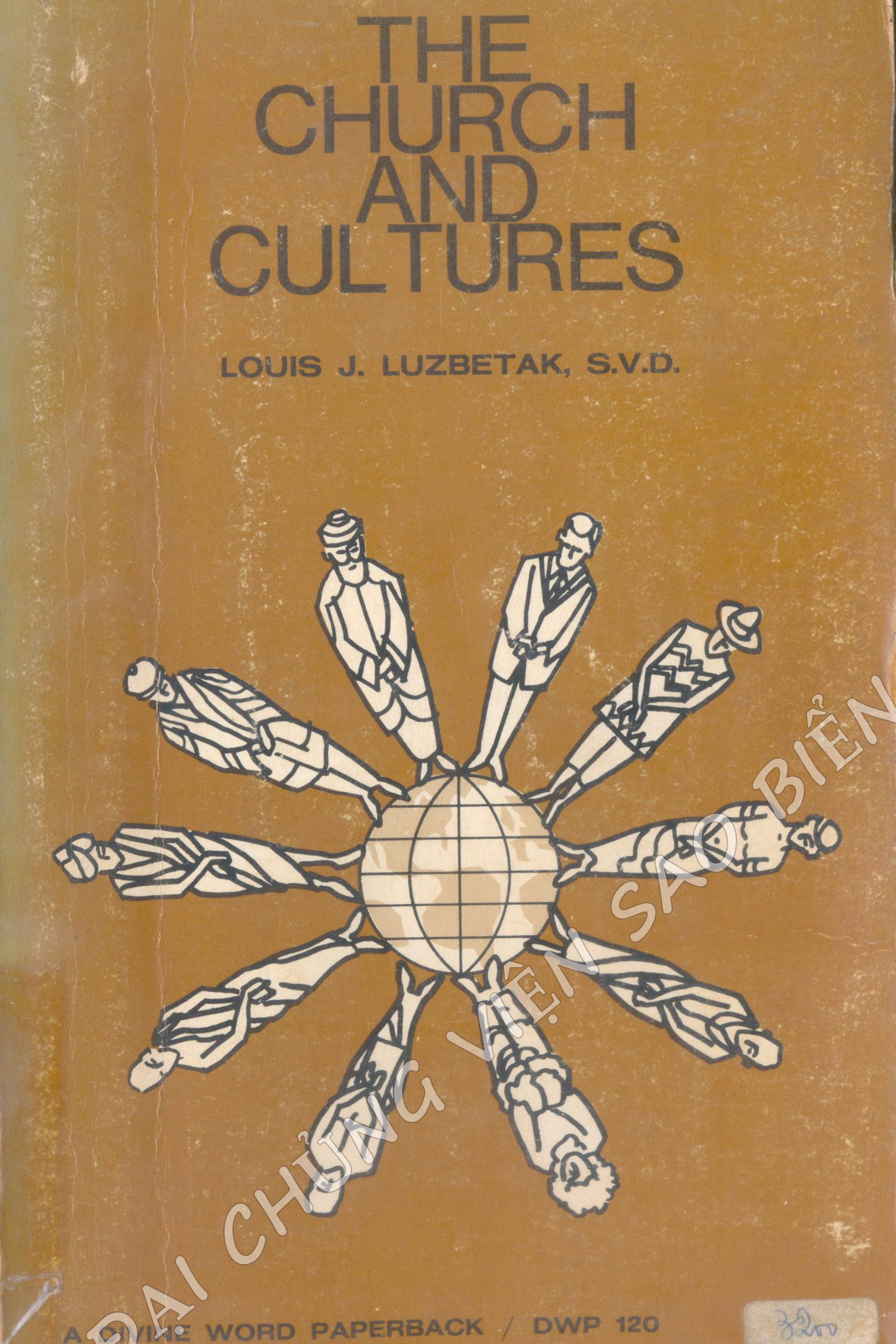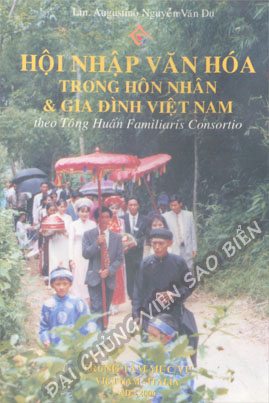| Introduction |
ix |
| I. THE WORD, CULTURE: USE AND ABUSE |
1 |
| 1. Culture, an instrument to contemplate the world |
3 |
| 2. There are no superior or inferior cultures, only different cultrures |
4 |
| 3. Culture is not identified with civilization |
4 |
| 4. There are no "oppressive" or "oppressed" cultures |
5 |
| 5. Culture is not identified with "universal values" |
5 |
| 6. There is no "Christian" culture |
5 |
| 7. The Church dialogues with cultures |
6 |
| 8. Culture and Gospel are not identified |
7 |
| 9. …but there is a close bond between culture and Gospel |
7 |
| 10. "Culture of the Masses" and "popular culture" |
9 |
| 11. Culture is never identified with anti-values |
9 |
| 12. Vatican II's definition of culture |
10 |
| 13. Vatican II's definition of culture: its many aspects |
11 |
| II. THREE PREFIXES FOR THE TERM CULTURE |
13 |
| 1. "En-culturation" |
13 |
| 2. "Ac-culturation" |
14 |
| 3. "In-culturation" |
15 |
| III. INCULTURATION OF THE GOSPEL |
21 |
| 1. Ongoing inculturation of the Gospel |
21 |
| 2. Inculturation of the Gospel: some reservations |
24 |
| 3. Inculturation is a requirement flowing from the mystery of the incarnation |
25 |
| 4. Inculturation is salvation history |
26 |
| 5. From Jewish cultural particularism to Christian cultural universalism |
29 |
| 6. The "Council" of Jerusalem |
31 |
| IV. INCULTURATION OF RELIGIOUS LIFE |
37 |
| 1. Religious charism as a challenge |
37 |
| 2. Ongoing adaption of the religious charism |
38 |
| 3. Interaction between religious charism and culture |
40 |
| 4. Inculturation and fidelity to one's religious charism |
42 |
| 5. Religious' fidelity to indigenous cultures |
45 |
| 6. A religious charism creates new cultural expressions |
46 |
| V. CHRIST'S INCARNATION: MODEL FOR RELIGIOUS' INCULTURATION |
49 |
| 1. Inculturation, a right and a responsibility |
49 |
| 2. Inculturation is not a mere strategy; instead, it is an essential attitude for foreign religious |
50 |
| 3. The risen Jesus, the ultimate criterion for inculturation |
53 |
| VI. GEOGRAPHICAL SHIFTS OF RELIGIOUS CONGREGATIONS DEMAND CULTURAL SHIFTS |
55 |
| 1. Numerical inversion in congregations |
55 |
| 2. A religious charism must be actualized in a concrete culture |
57 |
| 3. Requirements of inculturated formation for indigenous religious |
59 |
| VII. RELIGIOUS IN THE DYNAMICS OF INCULTURATION |
63 |
| 1. Inculturation as a process |
63 |
| 2. Knowing and loving the new culture |
64 |
| 3. Attending to the dynamics of the culture |
65 |
| 4. Yeast in the dough |
65 |
| 5. A new language |
67 |
| 6. Purifying the negative elements of cultures |
68 |
| VIII. CULTURAL DIVERSITY AND CONVIVIALITY IN RELIGIOUS COMMUNITIES |
71 |
| 1. Inculturation is not a leveling off at the top or the bottom |
71 |
| 2. A religious charism is one "tradition" embodied in "traditions" |
73 |
| 3. Inculturation and mutual understanding |
74 |
| IX. "I AM A STRANGER IN MY FATHER'S HOUSE" |
77 |
| 1. Inculturation does not demand rejecting one's original culture |
77 |
| 2. People who reject their native culture will be unable to dialogue with other cultures |
79 |
| 3. Serving indigenous churches in their own way |
81 |
| X. FORMATION FOR INCULTURATION |
85 |
| 1. Accepting the cross |
85 |
| 2. A spirituality for inculturation |
86 |
| 3. Formative criteria for inculturation |
87 |
| 4. Formation for dialogue between cultures |
89 |
| 5. Formative process for inculturation |
90 |
| 6. Discipline in studying |
92 |
| BIBLIOGRAPHY |
93 |
